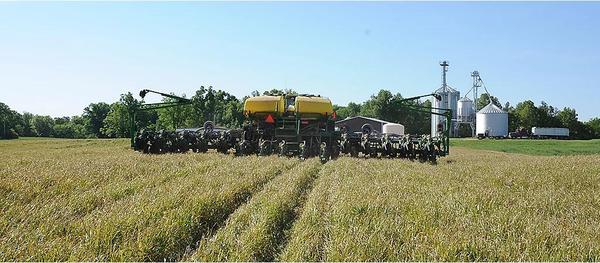
Consider Cover Crops as Weed Control Tool
Growers with cover crop experience in the Corn Belt know firsthand the soil health and other benefits the practice brings. Many also see cover crops as a tool in their weed control arsenal.
In her 10 years of research and teaching about cover crops, University of Nebraska agronomist and cover crop specialist Andrea Basche believes that weed suppression can be a goal and a tipping point leading to more cover crop acres in corn and soybeans. (The 2022 Ag Census showed that cover crops were seeded...
In her 10 years of research and teaching about cover crops, University of Nebraska agronomist and cover crop specialist Andrea Basche believes that weed suppression can be a goal and a tipping point leading to more cover crop acres in corn and soybeans. (The 2022 Ag Census showed that cover crops were seeded...























